Last Updated on August 8, 2023
In 1977, a movie you might have heard of called STAR WARS came out and thoroughly shifted the kind of movies Hollywood considered blockbusters. Until then, the idea of an epic sci-fi fantasy grossing hundreds of millions of dollars was considered laughable, and the genre was regarded as B-movie material at best. Star Wars changed that thinking, and suddenly studios were bending over backwards flooding theaters with their own sci-fi epics. This led to Star Trek getting a crack at the big screen, with the original crew headlining a movie that, at the time, was one of the most expensive movies ever made. In this episode of Revisited, we dig into Star Trek: The Motion Picture.
Flashback to 1978. Star Wars was still making a mint, and Universal took the pilot episode for a Star Wars-knock-off series they developed, Battlestar Galactica, and released it in theaters. It made a stunning $41.8 million internationally, a considerable number considering it was just a TV episode that had already aired on TV. Universal pulled a double when a few months later they released the pilot of ANOTHER Star Wars knockoff they made, Buck Rogers in the 25th Century, and it made $21 million. Clearly, the appetite for science fiction was strong, and by 1979, theaters were flooded with Star Wars clones. There were brilliant ones, like Ridley Scott’s Alien, which subverted the formula, and then entertaining flicks like Disney’s The Black Hole, and even the James Bond movie, Moonraker, which takes a hard turn into sci-fi in the finale, sending 007 to space and even including Star Wars style laser battles in the finale. There were also dozens of Italian knockoffs like Starcrash and The Humanoid.
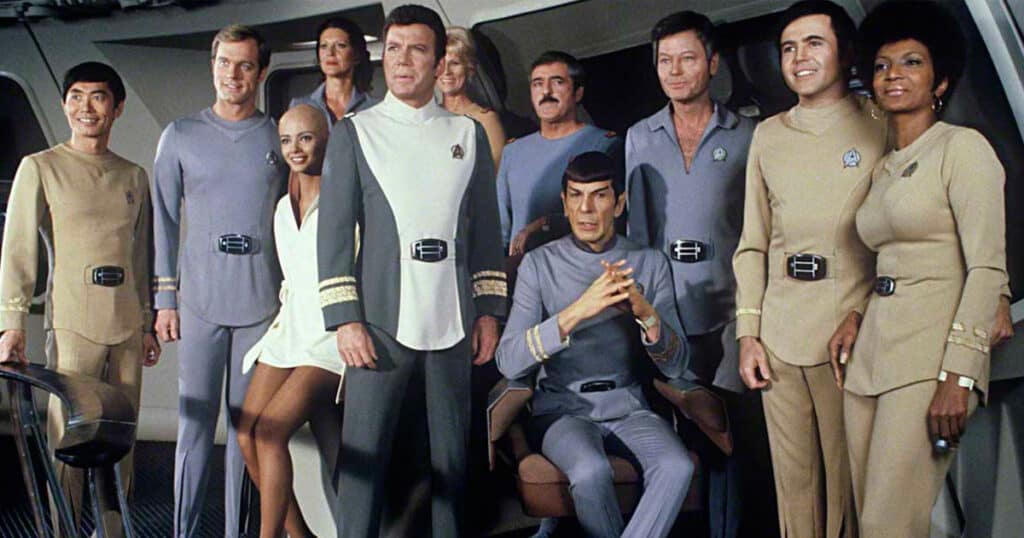
Into the fray came Paramount Pictures, who must have thought they had the inside track as they owned perhaps the biggest sci-fi property of all, Star Trek. While the series had only run three seasons on tv, when it was sold into syndication, the show became a monster cult hit, to the extent that the waters were tested when Paramount produced an animated series that played to surprising critical acclaim. Plans were made to produce another big-budget TV show called Phase 2, which was supposed to front a Paramount-branded TV network, which never came to fruition. The first season was set to run thirteen episodes and would have included all of the original cast except for Leonard Nimoy, who was in a legal battle with the studio over the use of his likeness in merchandise. He was to be replaced by a Vulcan character named Xon, to be played by David Gautreaux, while Persis Kambatta was hired to play Ilia, the ship’s navigator.
Then, Star Wars came out, and Paramount opted to make Trek their next big franchise, hoping to outdo Star Wars. They hired Robert Wise, the director of West Side Story, The Sound of Music and The Andromeda Strain to direct, with a budget that was supposed to be capped at $15 million, which was five million more than Star Wars and would eventually run to almost three times that number.
The original cast had already signed on to Phase 2 and were easy sells on Trek as a feature. Still, Paramount Studio Chief Michael Eisner decided to dump Xon, with the actor getting a bit part in the film instead, enticing Leonard Nimoy back as Spock. To accomplish this, Eisner cut him a check for the back royalties Nimoy had been asking for and said he essentially got on his knees and begged for the actor to agree to play the part. Persis Kambatta was kept as Ilia, but she would get a new love interest, Will Decker, to be played by Stephen Collins.
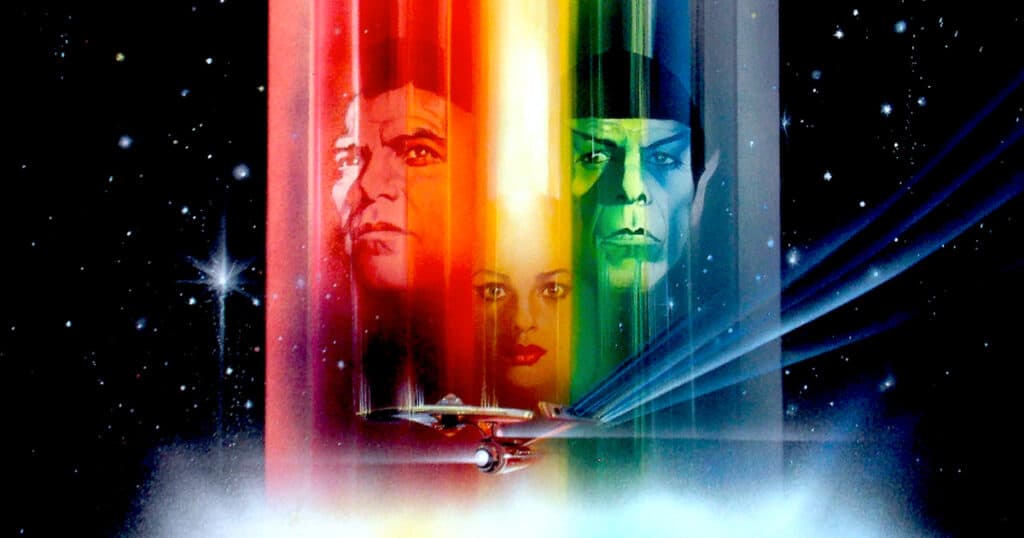
What’s interesting about Star Trek: The Motion Picture is how oblivious Paramount, at the time, was about what made a good Star Trek movie. Rather than give the crew any villains, the decision was made to go in a more heady, cerebral direction, with the Enterprise being called into action to investigate a mysterious alien cloud called V’ger. One can tell this was originally the premise of the Phase 2 saga, and it would become a recurring thing as far as Trek pilots would go, with The Next Generation and Deep Space Nine also having these obtuse, action-free pilots that fans, for the most part, dismissed.
What’s especially egregious about The Motion Picture is how under-used the original cast is. James Doohan as Scott, Nichelle Nichols, Walter Koenig and George Takei have little more than bit parts, and even the holy trio, Kirk, Spock and McCoy, are sidelined, with the focus of the film being on the two young love interests, Decker and Ilia, and their romance. The original cast is given little to do but react to the effects on-screen.
As for the VFX, they would lead to the film going massively over budget as the original team contracted to deliver the VFX could not deliver. Veteran FX specialist Douglas Trumbull, who had done the fx work for 2001: A Space Odyssey, was hired and given an unlimited budget, with the only caveat being that he had only months to deliver, as the studio had a contractually mandated release date in December of 1979. Eventually, John Dykstra, one of ILM’s pioneers with Star Wars, was sub-contracted but has since gone out on his own. They made the release date, but barely, as Robert Wise had no opportunity to test the film and fine-tune it, and he always considered it unfinished. The film was unexpectedly a decent-sized hit grossing $82 million domestically, but considering the budget, it only earned a profit after the international box office lifted it to $139 million. It would be the only time in the franchise’s history, until the J.J. Abrams-directed reboots, where a Star Trek feature would be considered an A-level film, with all future films being handled by the TV wing of Paramount, with Harve Bennett replacing series creator Gene Roddenberry as the franchise’s creative guru going forward.
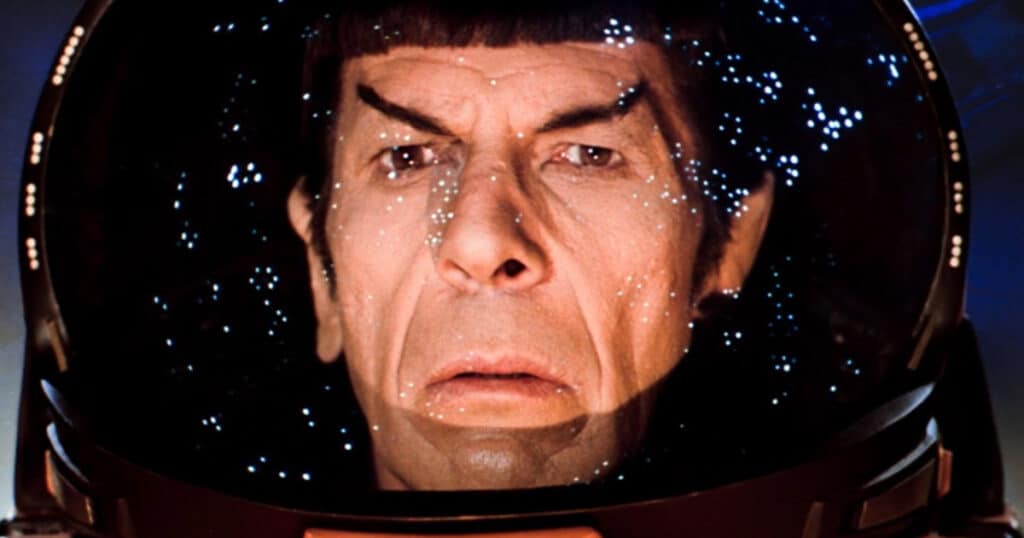
Star Trek: The Motion Picture earned mixed reviews from critics, but many fans disliked it, even going so far as to call it the “motionless picture:” Watching it now, the movie is dull, with only Jerry Goldsmith’s incredible score, really standing the test of time. His theme for the film would be reused as the Star Trek: The Next Generation theme, and it’s rightly considered a classic. Much of the dialogue is cheesy, with the script a patchwork of contributions by writer Harold Livingston, Alan Dean Foster and Gene Roddenberry himself. The film haunted Robert Wise for decades, and it wasn’t helped by the myriad of editions floating around. One of the “extended editions” which ran on television and was released on Home Video. Wise hated this edition, which ran twelve minutes longer and featured unfinished, amateur-level FX. In 2001, Wise was finally able to complete the film when Paramount agreed to finance a definitive director’s edition, which, among other things, allowed him to redo many of the VFX with CGI. He also remixed the soundtrack and made numerous substitutions and additions throughout the movie, removing bad takes that he thought featured dodgy acting and making an altogether more polished version of the film, which largely won over fans who had found it underwhelming.
It proved to be something of a last hurrah for Wise, who died a few years later, in 2005. However, the fact that the new CGI for the director’s edition had only been done in standard definition proved to be a major headache as home media moved into HD, 4K and beyond, with the director’s edition unreleasable until a major restoration was done by Paramount Plus, who released it exclusively on their streaming version and later released it on Blu-ray and 4K. As the movie exists now, it remains a bit of a curiosity for fans, but it is considered an aborted launch for the franchise, which would only take off with the release of Star Trek II: The Wrath of Khan in 1982. Persis Khambatta and Stephen Collins’s involvement with the franchise would be short-lived. Khambatta’s bald look in the film became a sensation when the movie came out, but when she grew her hair out, she was unrecognizable, which might have hampered her career a bit. She’d go on to a well-received role in Sylvester Stallone’s Nighthawks and then would appear in the action flop MegaForce. However, she would be faced with numerous health challenges, and the former Miss India passed away in 1998 at only 49 years old.
By contrast, Stephen Collins, for a while, had a very successful career, leading the cult TV show Tales of the Gold Monkey and eventually moving on to massive success on the family show 7th Heaven. His career would end when, during a contentious divorce, a tape would be leaked where the actor appeared to admit to the sexual abuse of a minor. He would eventually reveal to People Magazine that he had actually abused three minors in 1973, 1982, and 1994.
Happily, the main cast, while under-served in The Motion Picture, was only at the beginning of their new silver screen adventures, with the series eventually launching Leonard Nimoy as one of the hottest directors of the eighties when his reluctance to continue to play Spock was parlayed into a deal to direct the third and fourth films. The series would reach its creative peak with the Genesis trilogy, comprised of the second, third and fourth films in the series, which would continue until the Next Generation cast eventually took over. While Star Trek: The Motion Picture isn’t a favorite among fans, it remains an interesting curiosity.


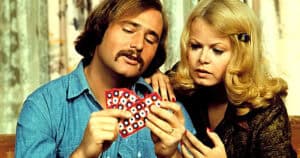
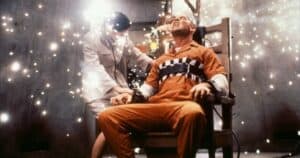
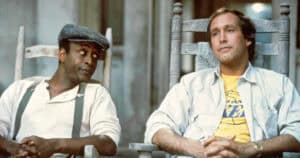

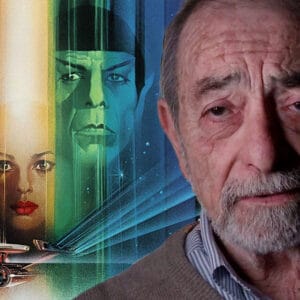
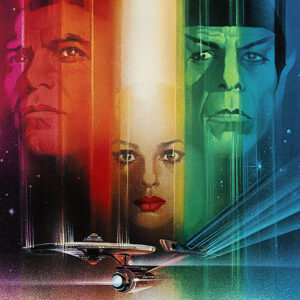
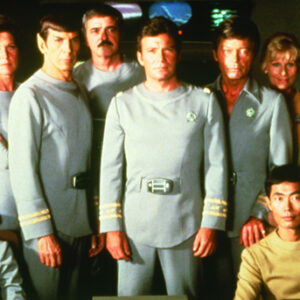
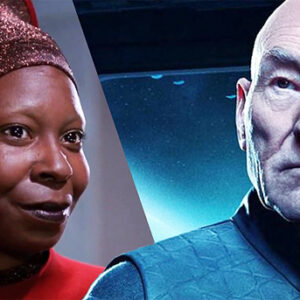
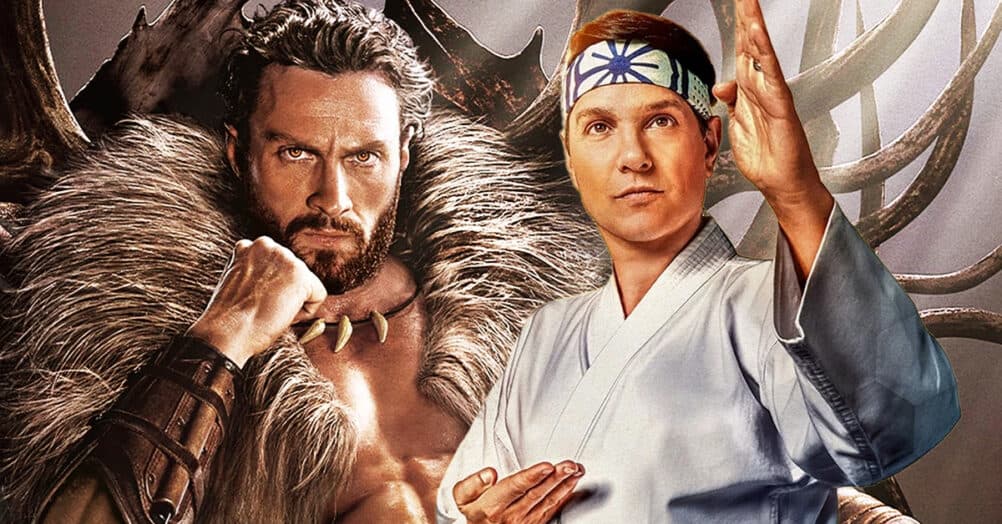

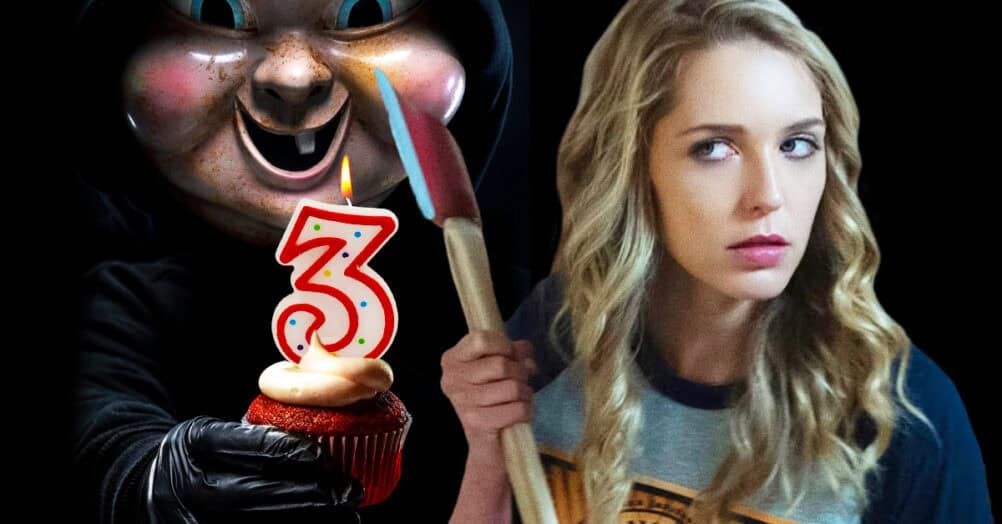
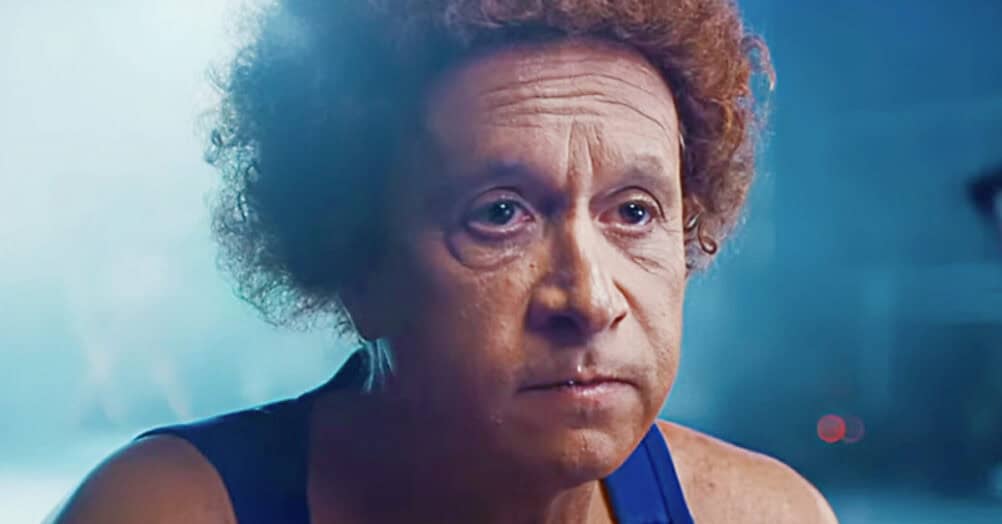

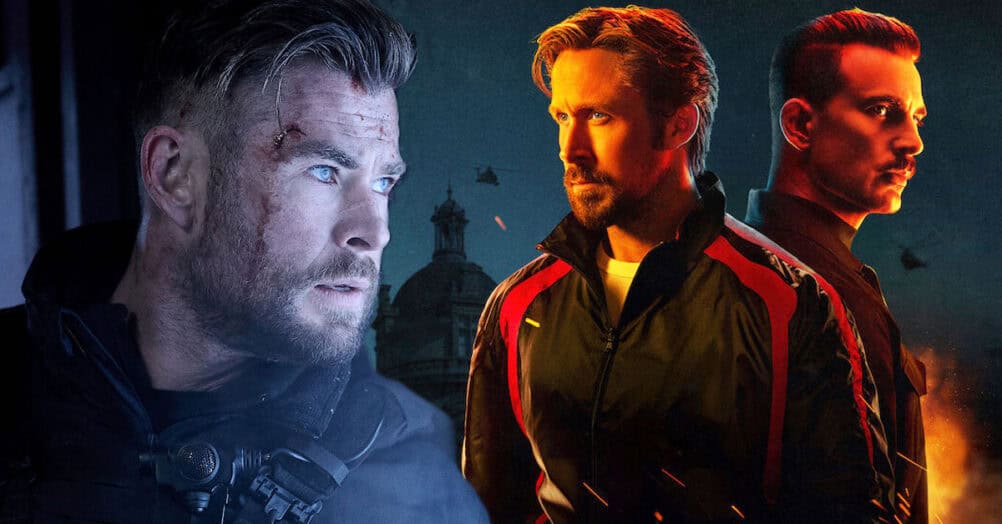
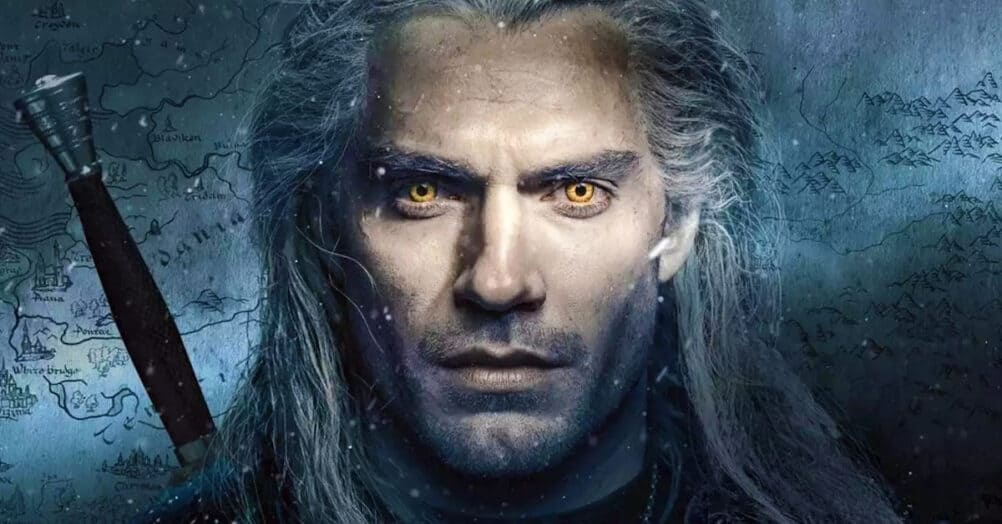
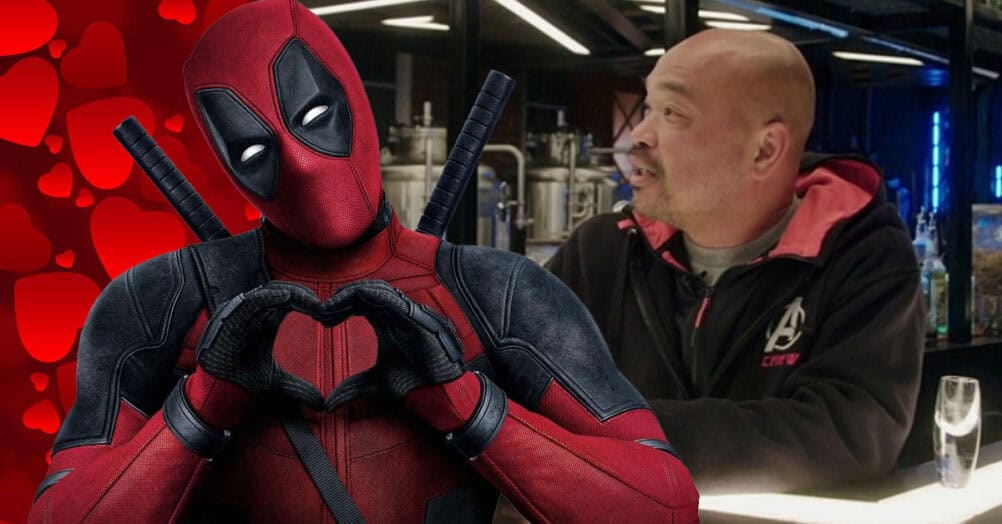
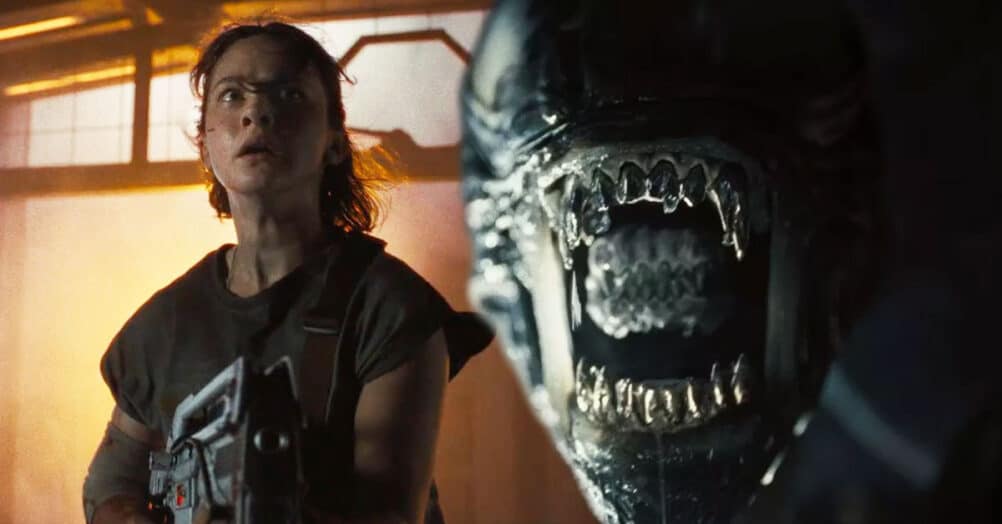
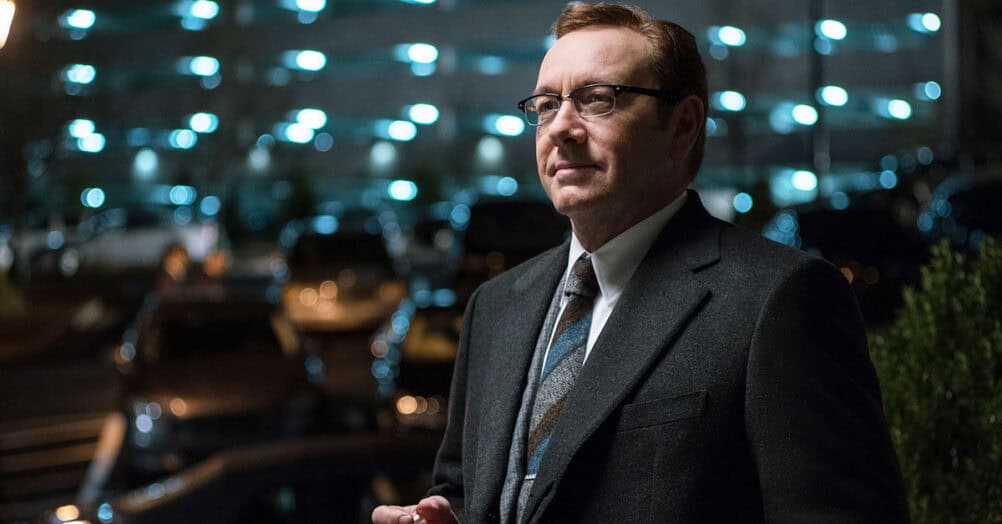
Follow the JOBLO MOVIE NETWORK
Follow us on YOUTUBE
Follow ARROW IN THE HEAD
Follow AITH on YOUTUBE